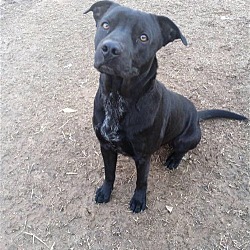

Our current investigations integrating protein-coding transcript abundance and artificial intelligence have identified the potential for bloodborne transcript abundance to be used as indicators of fertility potential in beef heifers. We have been working on the identification of transcriptome profiles in heifers associated with pregnancy outcome. Antral follicle count is an indication of the ovarian reserve and is an indicator of the reproductive health of a heifer. To date, many polymorphisms have been associated with heifer fertility, but no DNA markers have been identified across herds. Technologies such as antral follicle counting, DNA genotyping and RNA profiling are being investigated as a means to aid in the identification of heifers of low fertility potential. In parallel, genetic selection for fertility-related traits in beef heifers have not promoted major genetic gains on this particular area, most likely due to low heritability of female fertility traits in cattle. There are limitations, however, because some heifers deemed ready to enter their first breeding season do not become pregnant.

The implementation of management strategies has important positive impact(s) on the reproductive efficiency of heifers. Such approaches include, but are not limited to the following: nutritional management for controlled weight gain, identification of reproductive maturity by physiological and morphological indicators, and the implementation of an estrous synchronization program. Many management procedures have been developed to maximize the reproductive potential of beef heifers.

Several thousands of heifers being raised for replacement may not deliver a calf on their first breeding season and result in economic losses to cow-calf producers. A compilation of data from several studies indicate that between 85% and 95% of these heifers will become pregnant in their first breeding season. In 2020, the USDA, National Agricultural Statistics Service reported 5.771 million beef heifers, 500 pounds and over, are under development for cow replacement. The development of replacement heifers is at the core of cow-calf beef production systems.


 0 kommentar(er)
0 kommentar(er)
